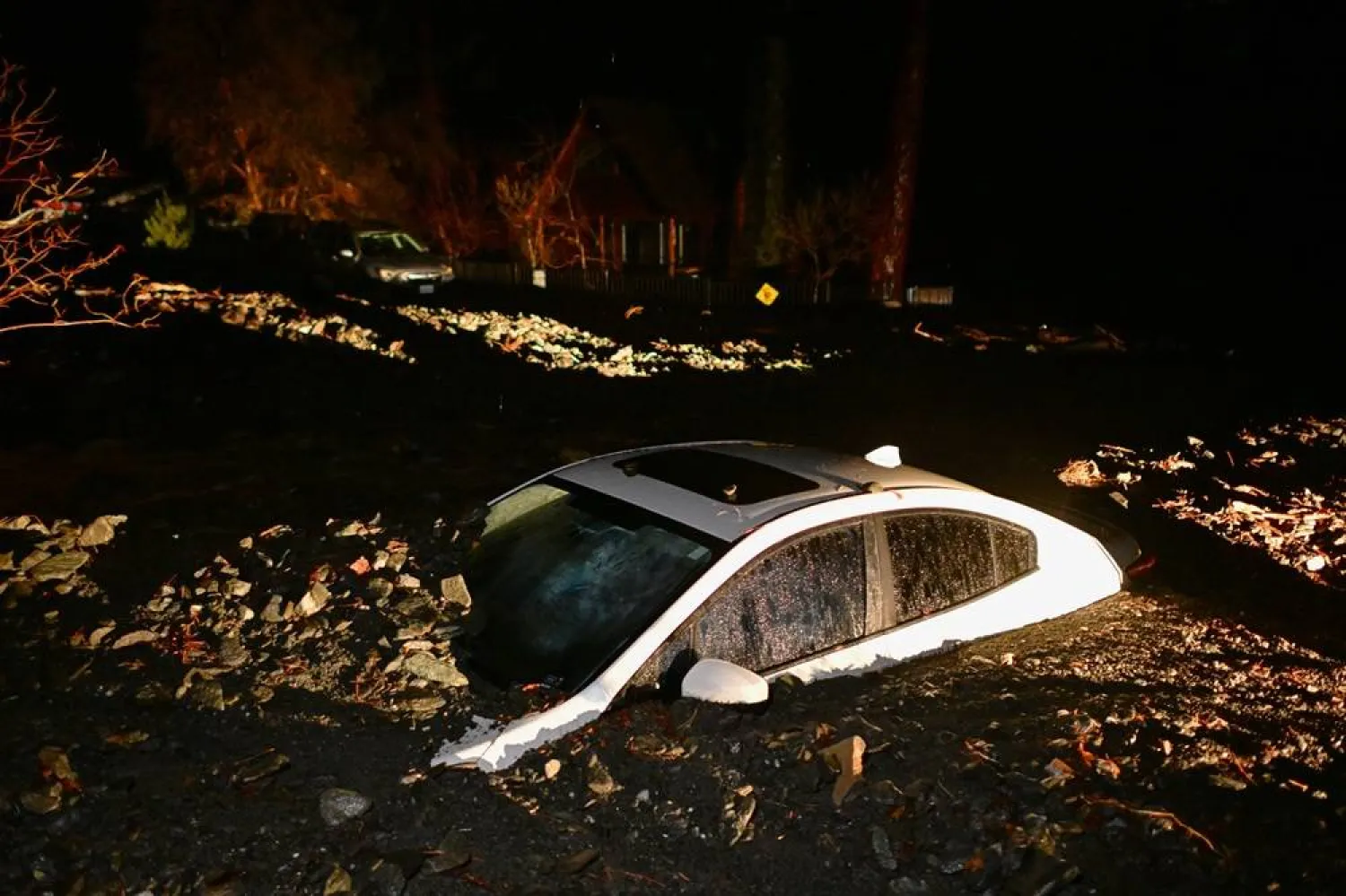Tens of millions of people across the Midwest and East braced Sunday for another sweltering day of dangerously hot temperatures as a rare June heat wave continued to grip parts of the US.
Most of the northeastern quadrant of the country from Minnesota to Maine was under some type of heat advisory Sunday. So were parts of Arkansas, Tennessee, Louisiana and Mississippi, The Associated Press reported.
The temperature had already reached 80 degrees Fahrenheit (26.6 degrees Celsius) in the Chicago area by 7:30 a.m. Sunday, according to the National Weather Service. Forecasts called for heat indices of between 100 and 105 degrees F (37.7 to 40.5 degrees C).
The heat index in Pittsburgh was expected to top 105 F. The temperature in Columbus, Ohio, was 77 F (25 C) at 8:30 a.m. Highs there were expected to reach 97 F (36 C) with a heat index around 104 F (40 C).
Forecasts called for a heat index of 100 F in Philadelphia on Sunday, with a 108 F (42.2 C) heat index on Monday.
The city’s public health department declared a heat emergency starting at noon Sunday and ending Wednesday evening. Officials directed residents to air-conditioned libraries, community centers and other locations, and set up a “heat line” staffed by medical professionals to discuss conditions and illnesses made worse by the heat. At Lincoln Financial Field, officials said each fan attending Sunday’s FIFA World Cup match would be allowed to bring in one 20-ounce (0.6-liter) plastic bottle of water.
Sunday marked the second straight day of extreme heat across the Midwest and East Coast. Heat indices on Saturday hit 103 F (39.4 C) in Chicago and 101 F (38.3 C) in Madison, Wisconsin, turning that city's annual naked bike ride into a sticky and sweaty affair.
Minneapolis baked under a heat index of 106 F (41.1 C). The actual temperature was 96 degrees F (35.5 degrees C), which broke the old record for the date of 95 F (35 C) set in 1910, according to the weather service.
The heat is expected to persist into the coming week, with the hottest temperatures shifting eastward. New York City is expected to see highs around 95 F (35 C) on Monday and Tuesday. Boston is on track for highs approaching 100 F (37.7 C) on Tuesday, and temperatures in Washington, D.C., were expected to hit 100 F on Tuesday and Wednesday.
Meteorologists say a phenomenon known as a heat dome, a large area of high pressure in the upper atmosphere that traps heat and humidity, is responsible for the extreme temperatures.
Mark Gehring, a National Weather Service meteorologist in Sullivan, Wisconsin, said this level of heat is not uncommon during the summer months in the US, although it usually takes hold in mid-July or early August. The most unusual facet of this heat wave is the sheer amount of territory sweltering under it, he said.
“It's basically everywhere east of the Rockies,” he said, referring to the Rocky Mountains. “That is unusual, to have this massive area of high dewpoints and heat.”









